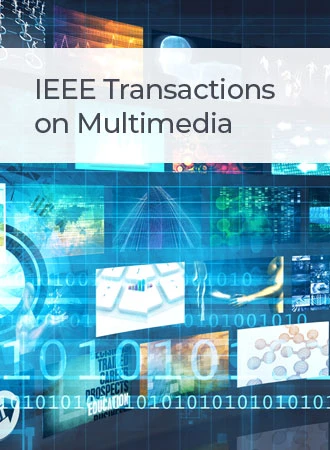Multi-Modal Reference Learning for Fine-Grained Text-to-Image Retrieval
IF 9.7
1区 计算机科学
Q1 COMPUTER SCIENCE, INFORMATION SYSTEMS
引用次数: 0
Abstract
Fine-grained text-to-image retrieval aims to retrieve a fine-grained target image with a given text query. Existing methods typically assume that each training image is accurately depicted by its textual descriptions. However, textual descriptions can be ambiguous and fail to depict discriminative visual details in images, leading to inaccurate representation learning. To alleviate the effects of text ambiguity, we propose a Multi-Modal Reference learning framework to learn robust representations. We first propose a multi-modal reference construction module to aggregate all visual and textual details of the same object into a comprehensive multi-modal reference. The multi-modal reference hence facilitates the subsequent representation learning and retrieval similarity computation. Specifically, a reference-guided representation learning module is proposed to use multi-modal references to learn more accurate visual and textual representations. Additionally, we introduce a reference-based refinement method that employs the object references to compute a reference-based similarity that refines the initial retrieval results. Extensive experiments are conducted on five fine-grained text-to-image retrieval datasets for different text-to-image retrieval tasks. The proposed method has achieved superior performance over state-of-the-art methods. For instance, on the text-to-person image retrieval dataset RSTPReid, our method achieves the Rank1 accuracy of 56.2%, surpassing the recent CFine by 5.6%.用于细粒度文本到图像检索的多模态参考学习
细粒度文本到图像检索旨在通过给定的文本查询检索细粒度目标图像。现有的方法通常假设每个训练图像都是由其文本描述准确描述的。然而,文本描述可能含糊不清,无法描述图像中的判别视觉细节,导致表征学习不准确。为了减轻文本歧义的影响,我们提出了一个多模态参考学习框架来学习鲁棒表征。我们首先提出了一个多模态参考构建模块,将同一对象的所有视觉和文本细节聚合成一个综合的多模态参考。因此,多模态引用便于后续的表示学习和检索相似度计算。具体来说,提出了一个参考引导的表征学习模块,使用多模态的引用来学习更准确的视觉和文本表征。此外,我们引入了一种基于引用的改进方法,该方法使用对象引用来计算基于引用的相似性,从而改进初始检索结果。针对不同的文本到图像检索任务,在5个细粒度文本到图像检索数据集上进行了大量的实验。所提出的方法比最先进的方法取得了优越的性能。例如,在文本对人物图像检索数据集RSTPReid上,我们的方法达到了56.2%的Rank1准确率,比最近的CFine高出5.6%。
本文章由计算机程序翻译,如有差异,请以英文原文为准。
求助全文
约1分钟内获得全文
求助全文
来源期刊

IEEE Transactions on Multimedia
工程技术-电信学
CiteScore
11.70
自引率
11.00%
发文量
576
审稿时长
5.5 months
期刊介绍:
The IEEE Transactions on Multimedia delves into diverse aspects of multimedia technology and applications, covering circuits, networking, signal processing, systems, software, and systems integration. The scope aligns with the Fields of Interest of the sponsors, ensuring a comprehensive exploration of research in multimedia.
 求助内容:
求助内容: 应助结果提醒方式:
应助结果提醒方式:


